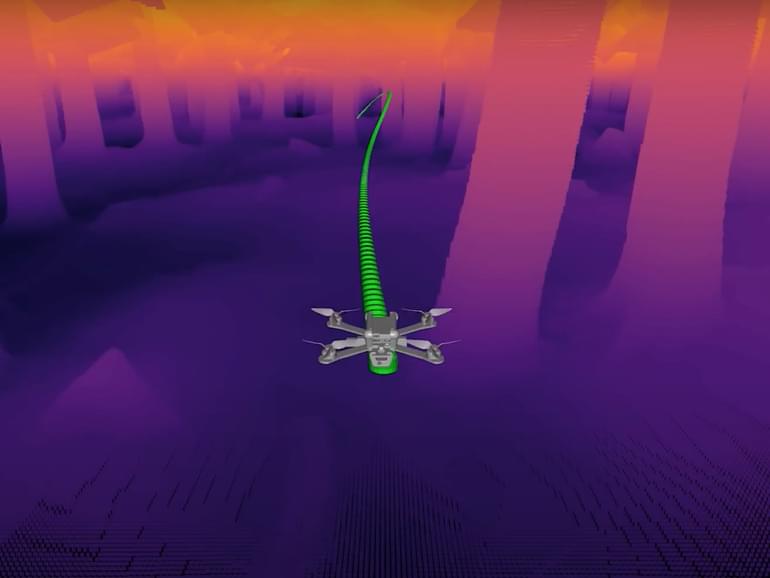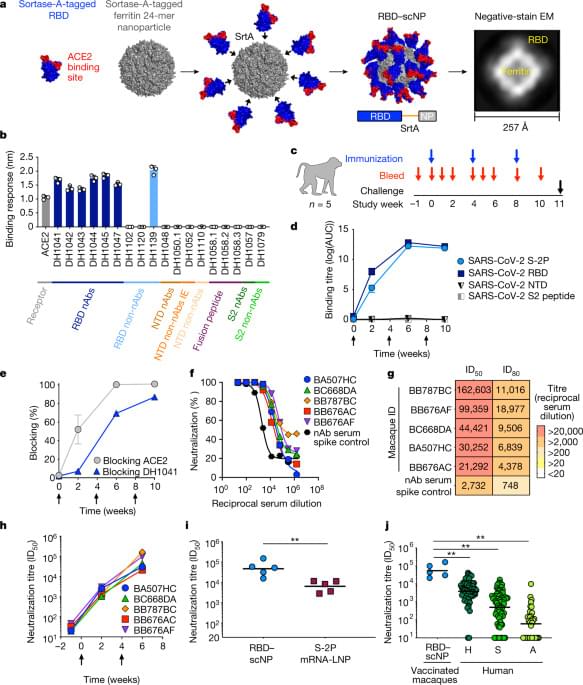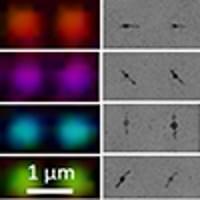
Researchers at MIT and Harvard University have designed a way to selectively turn on gene expression in target cells, including human cells. Their technology can detect specific mRNA sequences (represented in the center of the illustration), which triggers production of a specific protein (bottom right). Credit: Jose-Luis Olivares, MIT, with figures from iStockphoto.
“This brings new control circuitry to the emerging field of RNA therapeutics, opening up the next generation of RNA therapeutics that could be designed to only turn on in a cell-specific or tissue-specific way,” says James Collins, the Termeer Professor of Medical Engineering and Science in MIT’s Institute for Medical Engineering and Science (IMES) and Department of Biological Engineering and the senior author of the study.
This highly targeted approach, which is based on a genetic element used by viruses to control gene translation in host cells, could help to avoid some of the side effects of therapies that affect the entire body, the researchers say.


















